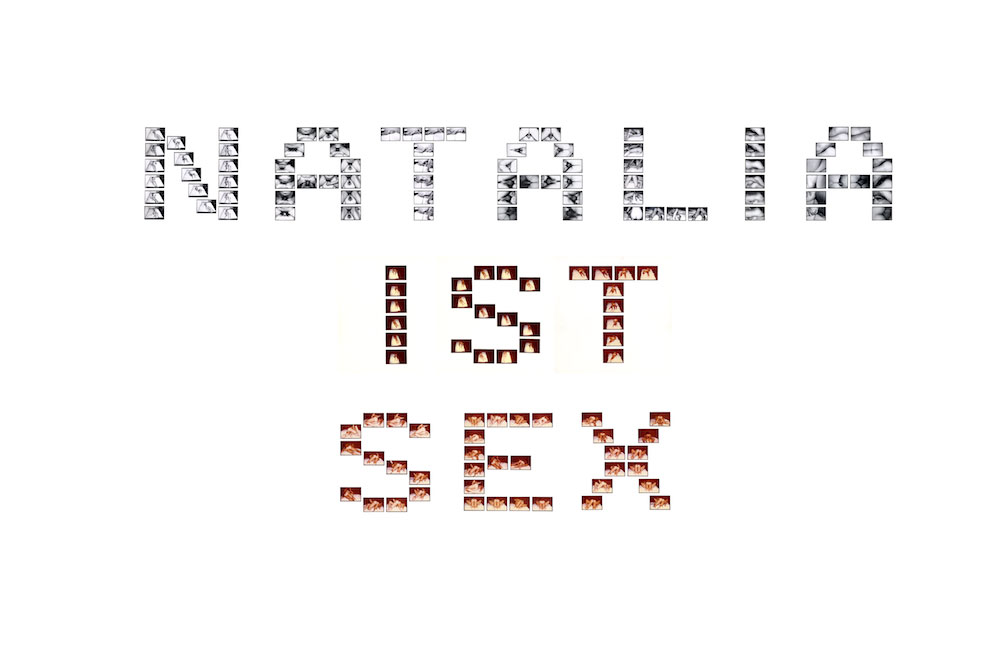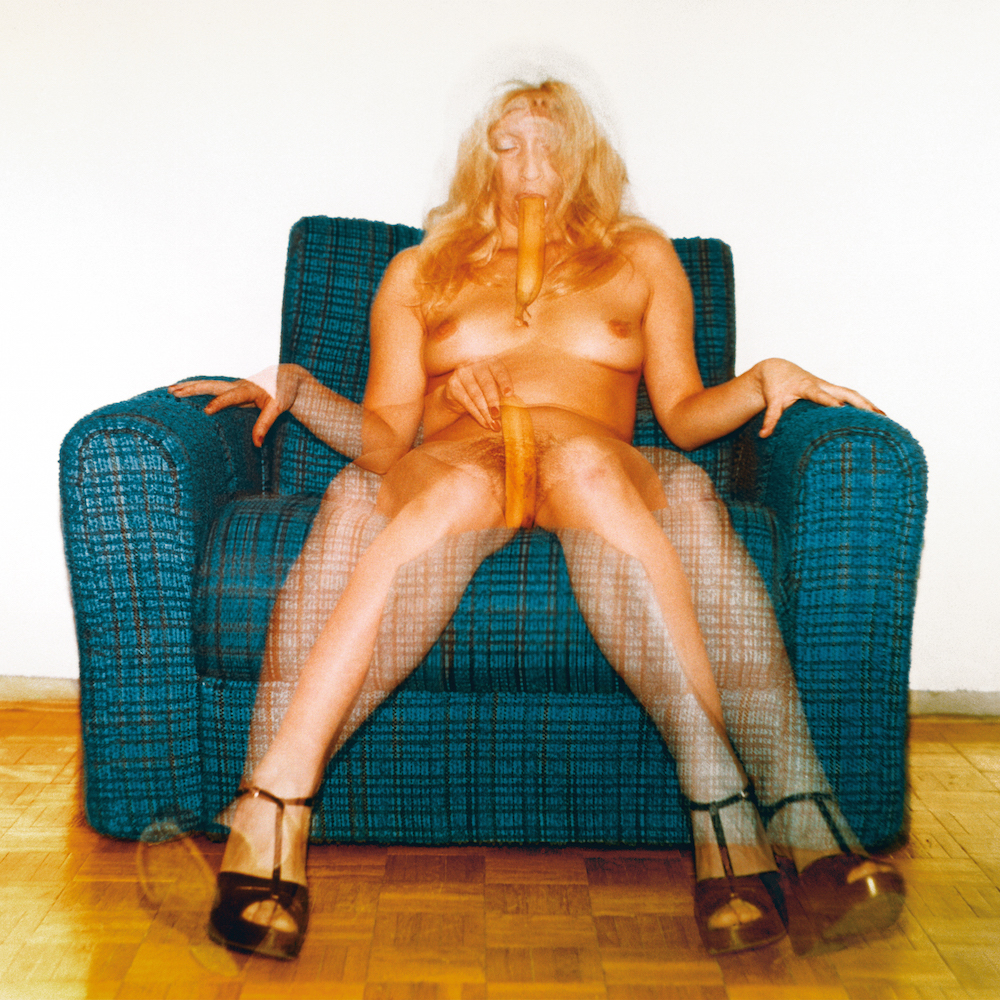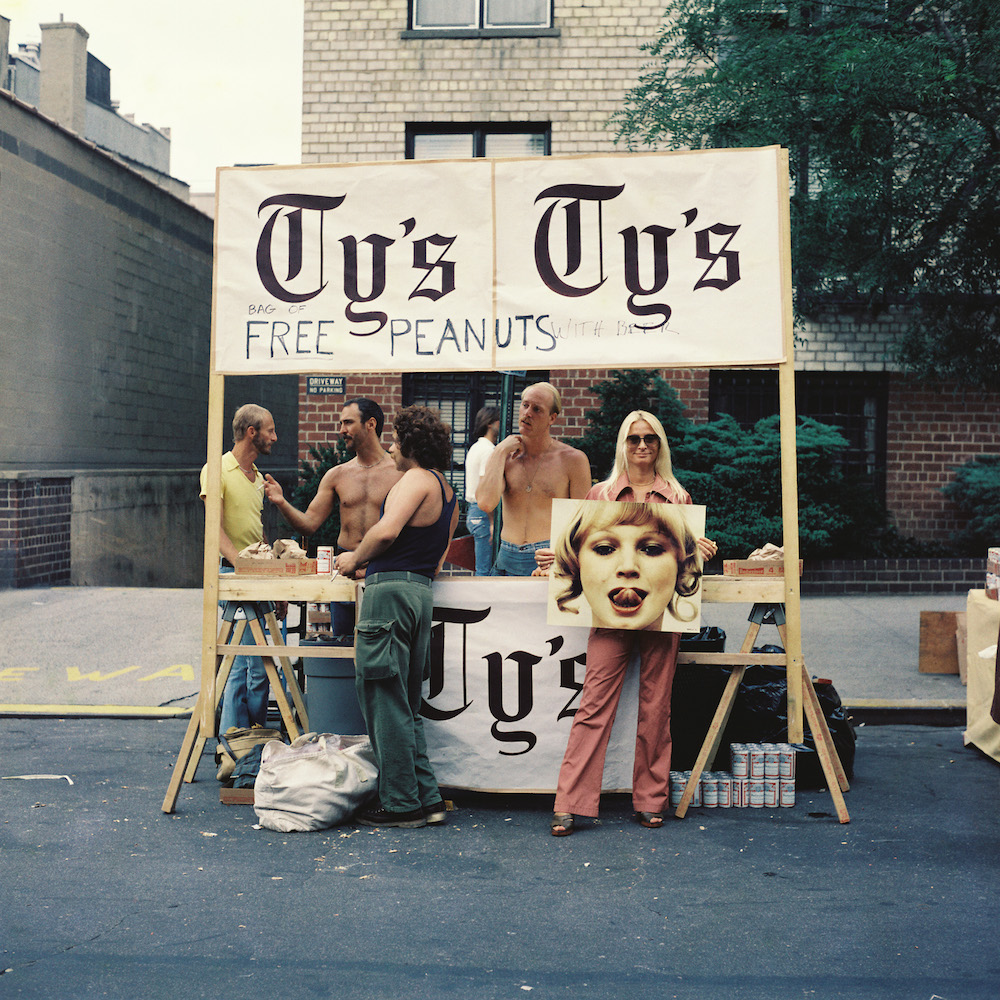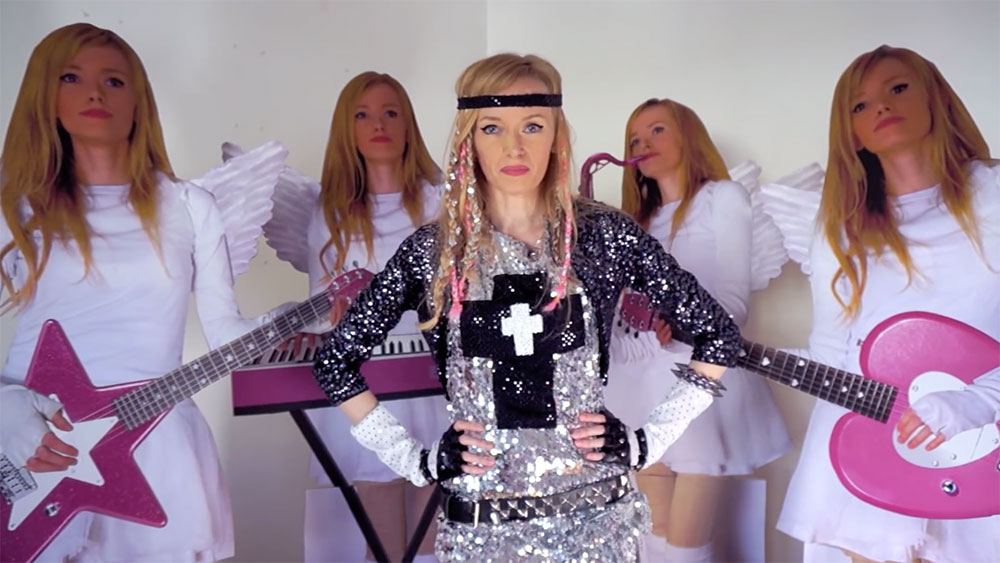Uncovered: how Polish artist-provocateur Natalia LL led a sexual rebellion behind the Iron Curtain

Natalia LL’s most recognisable and often censored work, depicting women in suggestive poses with imported foods, championed female sexuality in communist-era Poland. Now on display in London’s Roman Road gallery five decades later, they are as daring and relevant as ever, argues Susannah Worth
When 12 members of a Catholic organisation gathered outside the Polski Theater in Wroclaw, Poland on 21 November 2015, their stated aim was to prevent theatre-goers attending that night’s performance of Death and the Maiden due to its inclusion of porn actors and sexually explicit material. Coming just days after the election of a new pro-Catholic conservative government, and in a country with a recent history of state censorship, the event seemed bleakly portentous and all too reminiscent. The play was based on the Princess Dramas of Nobel Prize-winning Austrian writer Elfriede Jelinek, whose work critiques fascism, consumerism, and the systematic exploitation and oppression of women in capitalist and patriarchal societies. Her Princess Dramas explore mythical icons of femininity, from Snow White to Jackie Onassis, using torture, sex, carnality and death to tell tales of power and the demise of women who make their voices heard. It is tempting to ask whether it was pornography or feminism that really enraged those who wished to draw a permanent curtain across that stage.
The work of Polish artist Natalia LL has its own long relationship with censorship. Her installation Intimate Photography was shown in 1971 at PERMAFO, the gallery she co-founded with her husband Andrzej Lachowicz as well as Zbigniew Dłubak and Antoni Dzieduszycki. The box-like structure (2.2 x 2 x 2 metres) was adorned externally with self-portraits, and internally with photographs of couples having sex – both the artist and her husband and their friends. The images are sculptural and fragmentary, with faces often hidden, but explicit nonetheless and encountered in such a confined space – three or four people could fit inside at once – as to make the viewer implicit in the intimacy. Visitors would emerge from the box “behaving oddly”, the artist has said; perhaps guiltily flushed.
This was the first time Natalia LL had been able to show these images, which were originally shot around 1968 and rejected from other shows for reasons that she has described as “political and moral” censorship. PERMAFO – as with other artist-run spaces – was established in part to create an alternative where artists could make their own rules in relative freedom, but the authorities of the communist Polish People’s Republic intervened and Intimate Photography was shut down after just one or two days. Later on, when martial law was imposed in Poland (1981–83), the artist’s flat was raided and her typewriters confiscated along with pornographic materials which she brought back from research trips to Denmark. The typewriters were eventually returned a month later, but she never got the porn magazines back.
For her, a naked person is someone showing themselves as they truly are
Natalia LL (then Natalia Lach) began taking photographs around 1960 while studying at the Academy of Fine Arts in Wrocław. The form – in addition to video and sometimes in combination with performance works – offered her the best means to explore a concept she would come to refer to as “permanent registration”, capturing the fleeting and unique moments of everyday existence – eating, sleeping, talking, having sex – and transforming them. Throughout Natalia LL’s career, the human body in all its erotic mystery has been her most constant source of inspiration; for her, a naked person is someone showing themselves as they truly are. Her Body Topology series from 1967 includes photographs of herself and Lachowicz, taken from the front and behind, standing up straight and naked in a field. Natalia LL describes the images as “just the naked body, with no props”, but any cursory reading of these images as “natural” is complicated by their relationship, and her tan lines, by his spectacles, and her high heels, by the hair covering her eyes, and the hand covering his genitals. These small presences and gestures, intended or otherwise, raise questions of the gaze, nakedness, visibility, censorship and gender.
This disjuncture between the artist’s stated field of concern and the broader critical reception also occurs with her two most famous series, Consumer Art (1972–75) and Post-Consumer Art (1975), perhaps as a result of her work becoming gradually, often retrospectively, recognised outside of Poland. Commonly understood to be a feminist critique of consumerism, sexuality and gender, the Consumer Art film and photographic series features beautiful, young, naked women provocatively – even pornographically – licking, sucking and eating bananas, sausages and ice cream. But the photographic grids of Consumer Art were described at the time in a statement by the artist, critic and PERMAFO co-founder Antoni Dzieduszycki in terms of rationalism and discipline, as experiments with systems of repeated signs and gestures concerning the semiotic blurring of eating and the erotic. The subject of western consumerism has been rejected by the artist who asserts the importance of viewing these works in the context of communist Poland, where the shelves were empty, bananas were a rare import and sausages were bought on the black market, making them objects of desire, and even fetishised.
This is sex without babies, where sausages are playthings and creamy white substances are spat and drooled from smiling mouths
Of course, none of Natalia LL’s stated intentions or rejections undermine the feminist interventions that her works have made and continue to make. In series like Consumer Art, Post-Consumer Art, Intimate Photography and Intimate Recordings she depicts and celebrates female sexuality, showing women in control, as active participants, as desiring subjects as opposed to desired objects. Her choice to frequently show her own naked body in these works is significant, and the continuation of this as her body has aged is perhaps even more so. Strikingly, despite the abundance of sex on display in her work – of which, she says, only the tip of the iceberg has been publicly displayed – there is a total absence of motherhood, negating the belief that child-rearing is intrinsic to the female experience. This is sex without babies, where sausages are playthings and creamy white substances are spat and drooled from smiling mouths. These mouths also speak, making loud proclamations and assertions of presence and identity: Word (1971), Natalia! (1971), Natalia ist Sex (1974). Indeed, Natalia LL has explicitly endorsed the feminist project by calling for more women artists to be exhibited and collected by major museums and for women to be leaders and decision-makers in the cultural field.
In a pertinent twist, Natalia LL’s own work has probably gained a degree of visibility thanks to the very models it critiques: unfortunately, sex still sells. Her “pin-up” girls have been used as just that, becoming her best known works thanks to, for example, use in advertising for the landmark show Frauen Kunst: Neue Tendenzen at Galerie Krinzinger, Innsbruck in 1975, and selection as a press image for the blockbuster The World Goes Pop exhibition at Tate Modern in 2015. Similarly, there is a hint of brand savvy about Natalia LL, with an adapted name that is almost a logo, the double “L” easily enunciated with a lascivious flick of the tongue, evoking the particular shot from Post-Consumer Art that greets visitors to the artist’s website. The name is front and centre in Natalia! and Natalia ist Sex and seems specifically designed to evade abbreviated reference by surname only, thereby demanding control of its representation.
There is a hint of brand savvy about Natalia LL, with an adapted name that is almost a logo
When in power, the communist government in Poland had offered equal work opportunities for women and this message of equality was drilled into children at school, leaving generations believing the work of feminism was done, neglecting questions of maternal responsibility, to name just one. The disregard for much art labelled feminist in Poland should be understood within this cultural context — a state of affairs which negatively affected fellow pioneers such as Ewa Partum, Maria Pinińska-Bereś and Dorota Nieznalska — and goes some way to explain Natalia LL’s on/off relationship with the term. But when critics such as Lucy Lippard paid attention to her work for its contribution to feminist art, she started receiving invitations to take part in international conferences and exhibitions alongside the likes of Marina Abramović, VALIE EXPORT, Rebecca Horn, Joan Jonas, Maria Lassnig, Annette Messager, Gina Pane and Carolee Schneemann. If it was a co-option, it was a mutually beneficial one that would shift the critical conversation around Natalia LL’s work but also bring it to wider audiences and lasting exposure on the international stage.
Natalia LL’s solo exhibition Probabilities will be on show at Roman Road, London, until 14 January 2017.
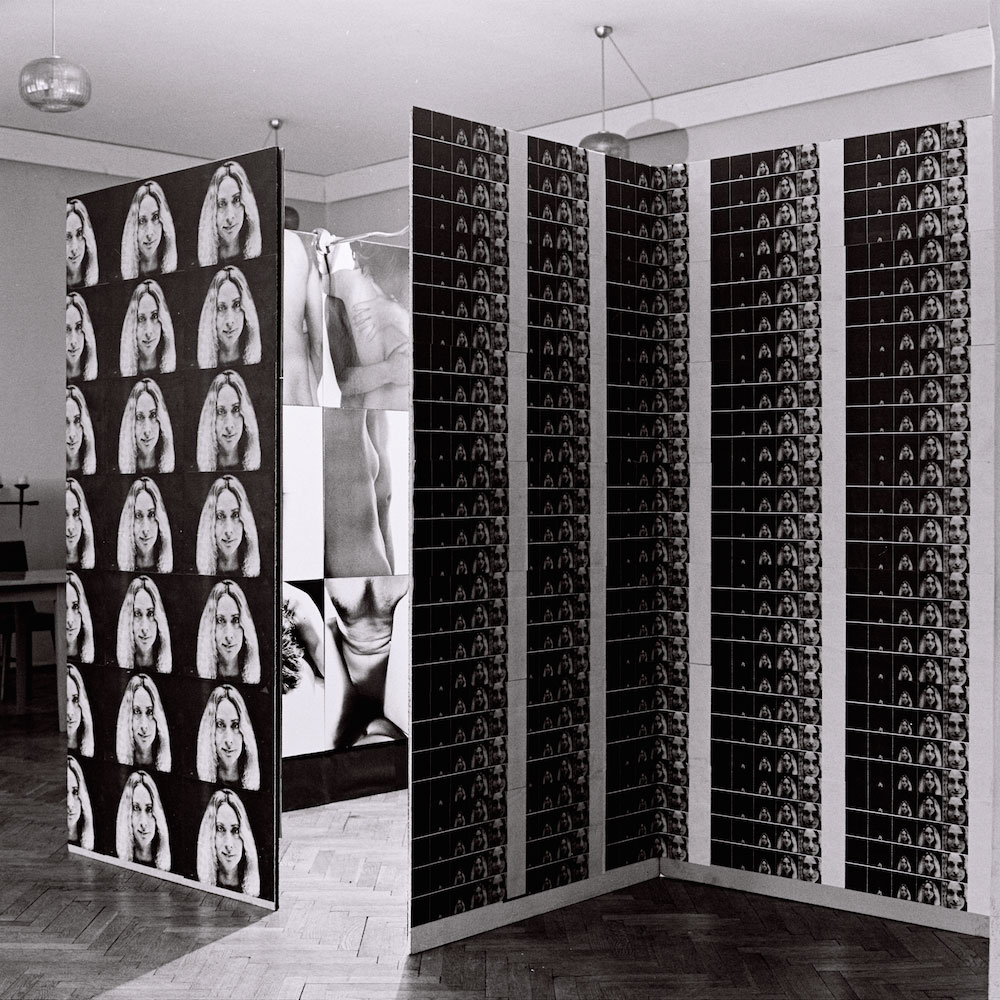
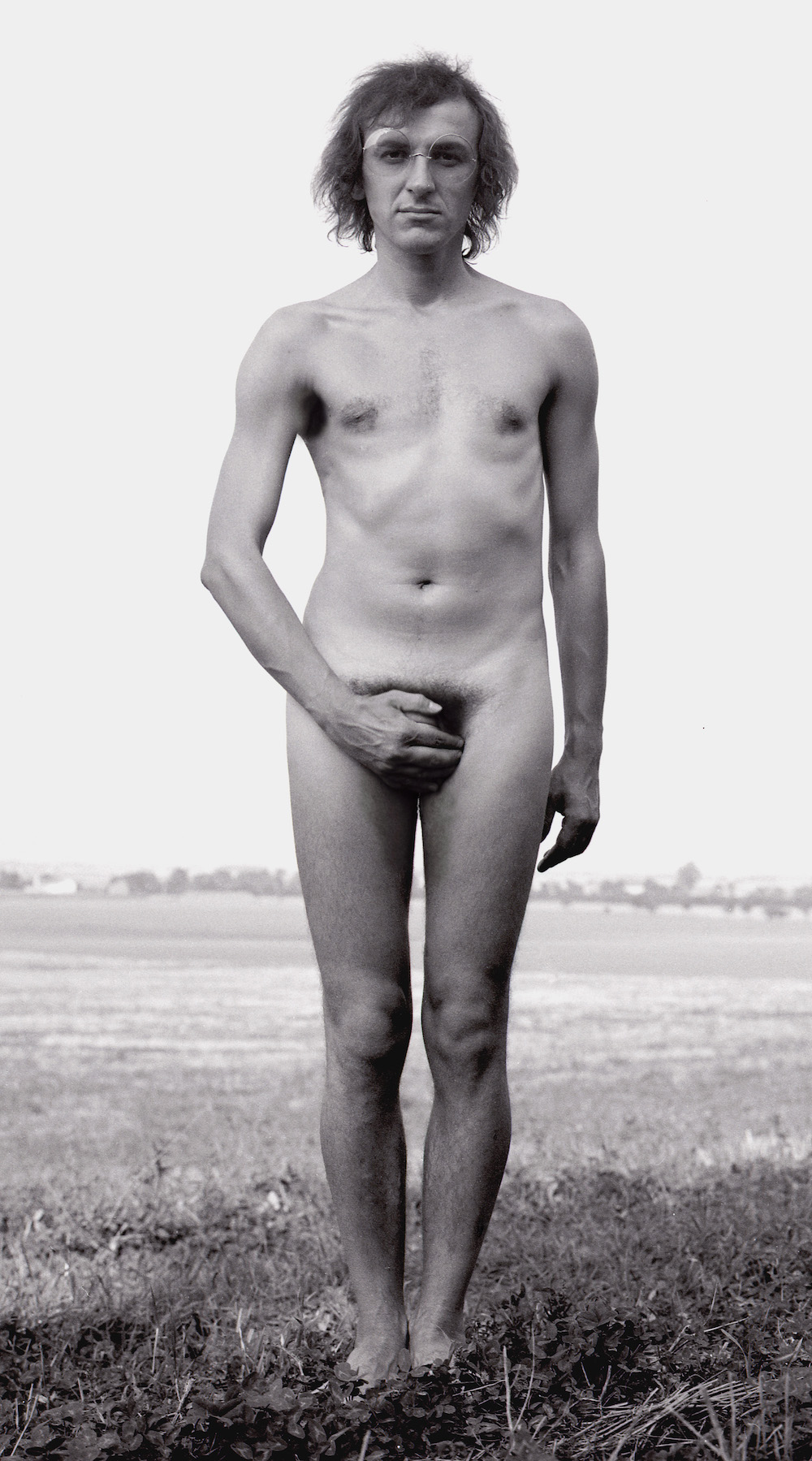
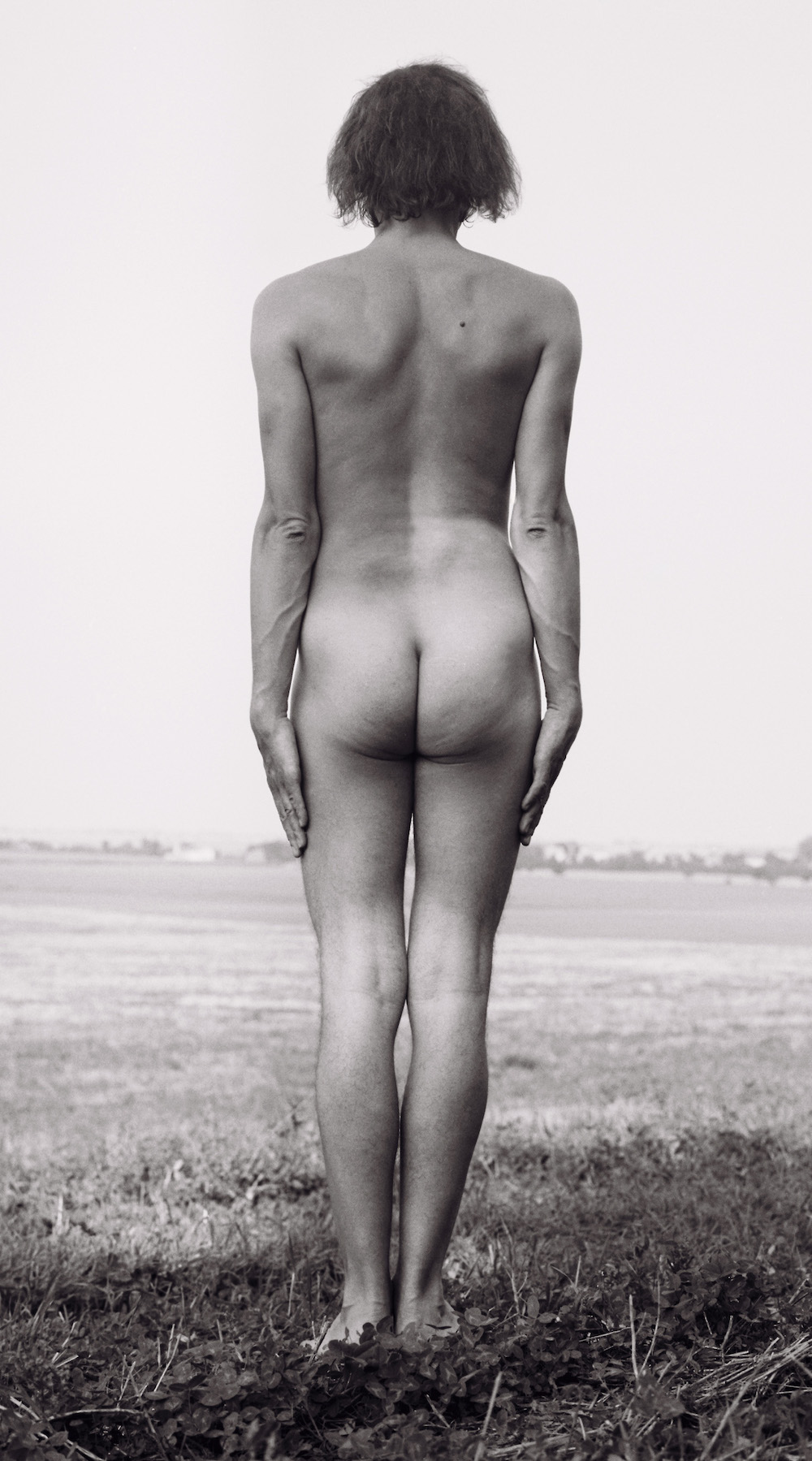
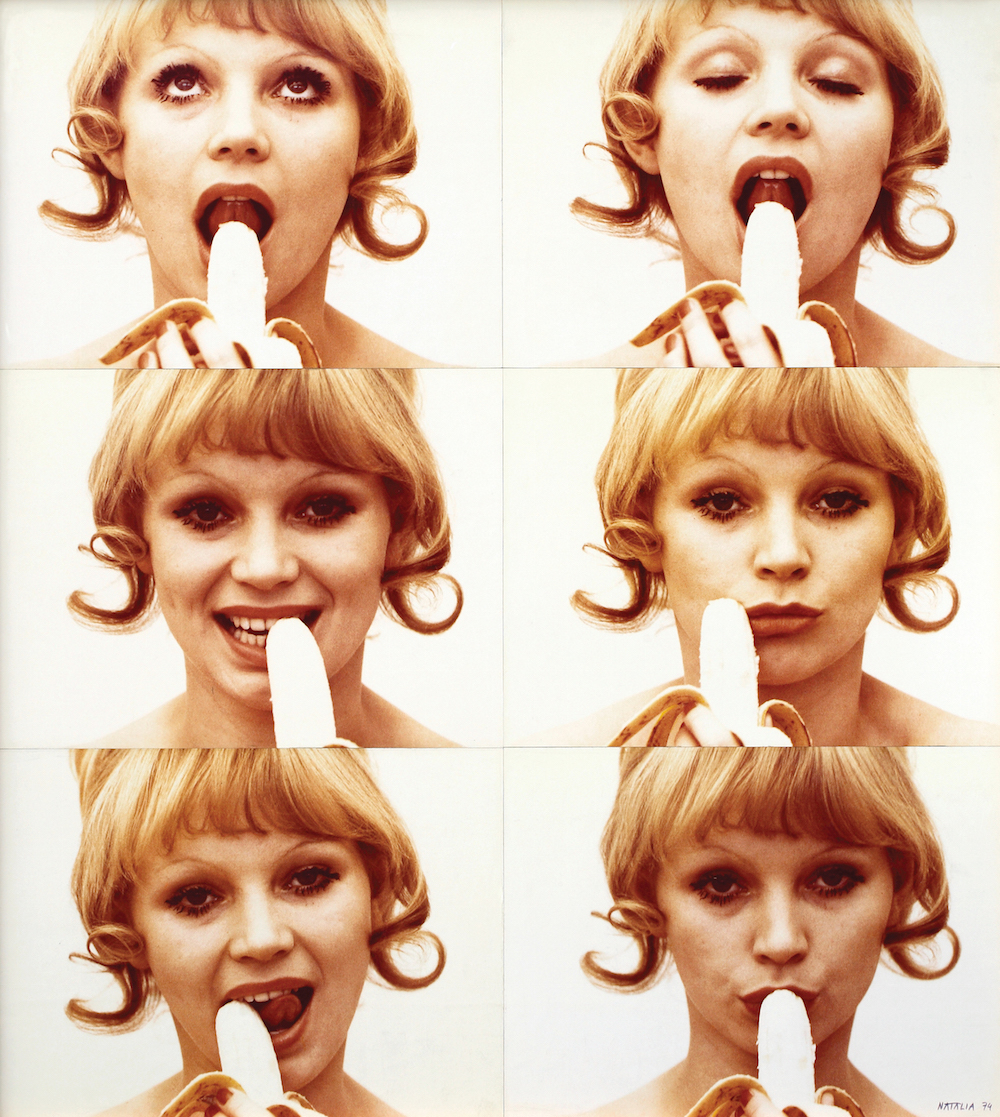
._Assemblage_of_20_hand-printed_photographs_on_archival_paper__each_27_x_38.4_cm__unique._©_Ollie_Hammick_2000pxw.jpg)
._Assemblage_of_20_hand-printed_photographs_on_archival_paper__each_27_x_38.4_cm__unique._©_Ollie_Hammick_2000pxw1.jpg)
